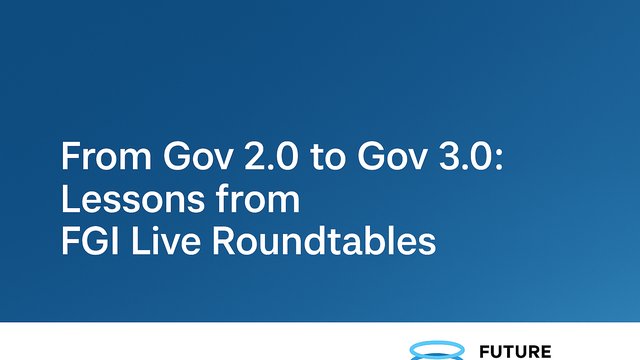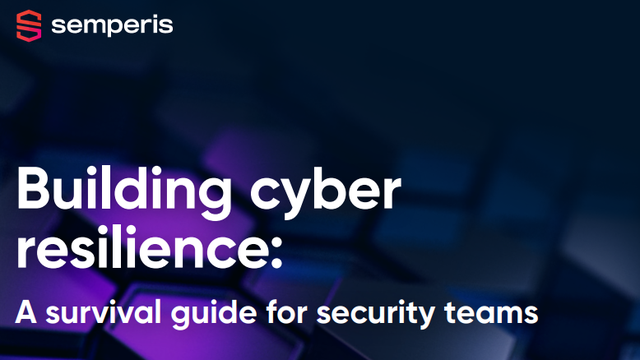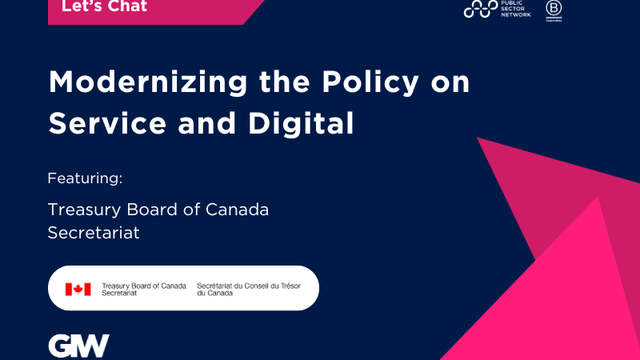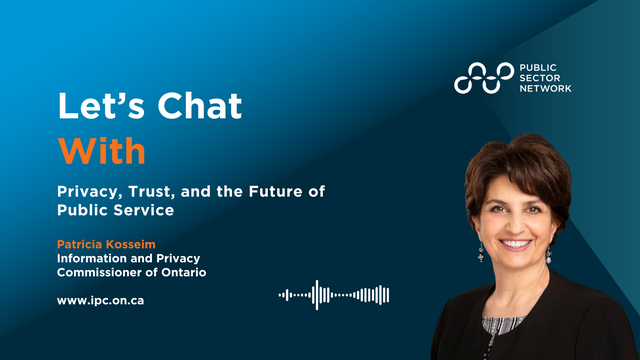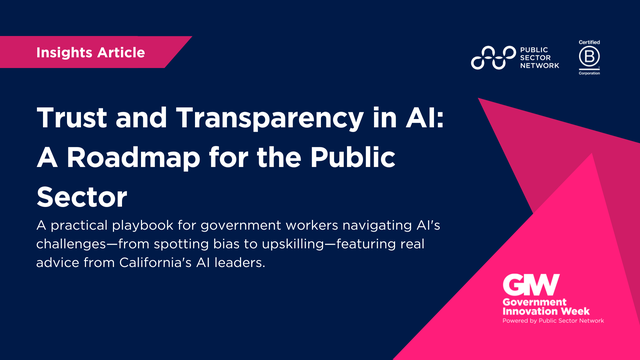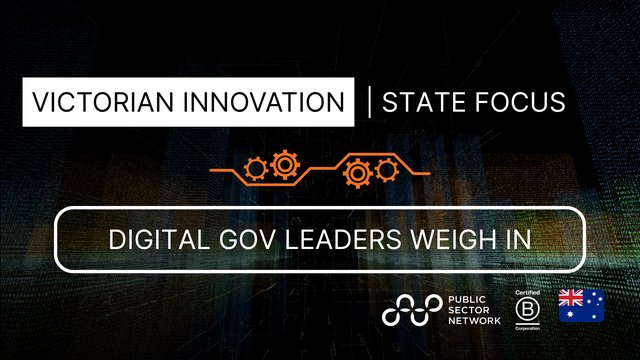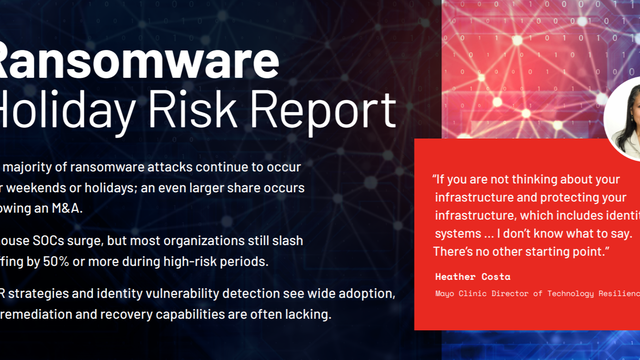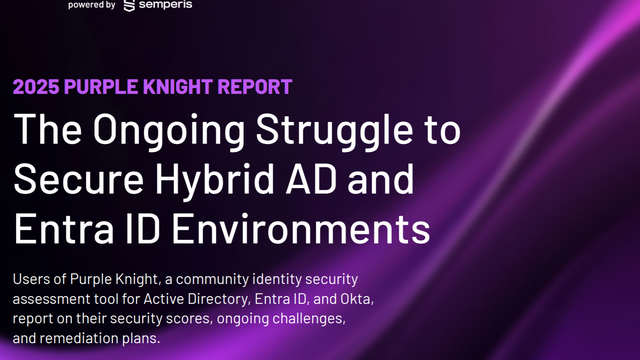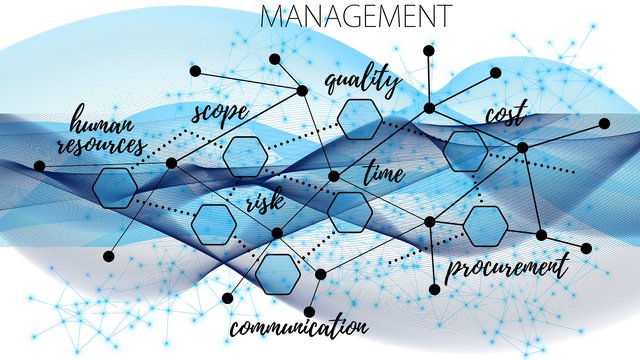

Digital infrastructure is no longer an optional add-on—it is the strategic bedrock of Government 3.0, enabling national sovereignty and the scale required for modern public services. When critical data rests on overseas platforms, legal frameworks lag behind, and procurement processes stall, governments sacrifice both agility and authority.
In this third instalment of our Future Government Institute series, we examine how public sector leaders in Uruguay, Ireland, the Dominican Republic and Canada are treating infrastructure as policy. Their shared aim? To underpin citizen-centric services with resilient, home-grown foundations.
Data as a Geopolitical Asset
“Digital sovereignty isn’t a slogan,” says Hebert Paguas, former head of Uruguay’s national digital agency. “If our data lives on overseas clouds, we surrender strategic control.”
Uruguay has turned geography into advantage. With 98% renewable energy, a national fibre backbone and one of Latin America’s most advanced data centre networks, they attract global operators while retaining authority over policy. Coupled with four national strategies to 2030—covering AI, data governance, digital citizenship and cybersecurity—they have created a launchpad for sovereign innovation.
Legal Frameworks as Infrastructure
Infrastructure is code—and code requires law. Ireland’s CIO, Barry Lowry, highlights the disconnect between technical readiness and legal authorisation:
“We could roll out our eID apps today, but without the updated Digital Identity Act, they lack legal weight.”
Rather than wait, Ireland is piloting credentials and digital wallets now. “By the time the legislation passes, people already recognise the value,” Barry explains. This user momentum acts as strategic leverage for meaningful adoption.
Interoperability: The Digital Highway
“We decided to make a fork of the open-source X-Road platform created by the Government of Estonia … so that it actually works for us to prop that exchange properly in a secure way.”
Armando’s X-Road–based system now connects 25 agencies—trading identity records, property titles and more in real time. And the open-source blueprint is catalysing regional collaboration, showing how shared sovereignty can extend beyond borders.
Platforms Over Products
Canada’s Michael Kalin is unambiguous: governments should deliver platforms, not isolated apps. Shared capabilities—authentication, notifications, analytics—must be offered as services so departments can focus on domain expertise.
“When you build your login, messaging and data pipelines once, you free teams to innovate on the service itself.”
This shift to platform thinking slashes development time, reduces redundancy and future‑proofs core infrastructure against changing policy or crisis demands.
Sustained Investment for Continuous Readiness
Treating infrastructure as strategic policy requires ongoing funding, not one‑off budgets:
Uruguay aligns data‑centre expansion with renewable energy forecasts, scaling capacity as supply grows.
Ireland embeds digital identity work into broader public service modernisation budgets.
Dominican Republic secures multi‑year grants and public–private partnerships for Crossroad’s maintenance.
Canada overhauled procurement to favour modular, cloud‑first contracts.
Each jurisdiction has turned reactive spending into continuous upgrade cycles—embedding readiness into their annual plans.
Building Government 3.0 Foundations
As we accelerate towards widespread AI, agent‑based assistants and data‑driven policy, these lessons crystallise:
Legal code matters: pilot infrastructure around clear legislative anchors.
Own your stack: invest in energy, connectivity and cloud partnerships aligned with national values.
Platform mindset: stop rebuilding core services—offer them to all departments.
Regional collaboration: share interoperability standards to extend digital highways beyond borders.
Continuous funding: bake capacity upgrades into every budget cycle.
Digital infrastructure for sovereignty and scale is a cornerstone of Government 3.0—not an afterthought. Those who build it wisely will be best placed to deliver secure, efficient and citizen‑centric services today and tomorrow.
Stay tuned for our final article: Government‑as‑Platform, where we explore how API ecosystems unlock true scale and innovation.






